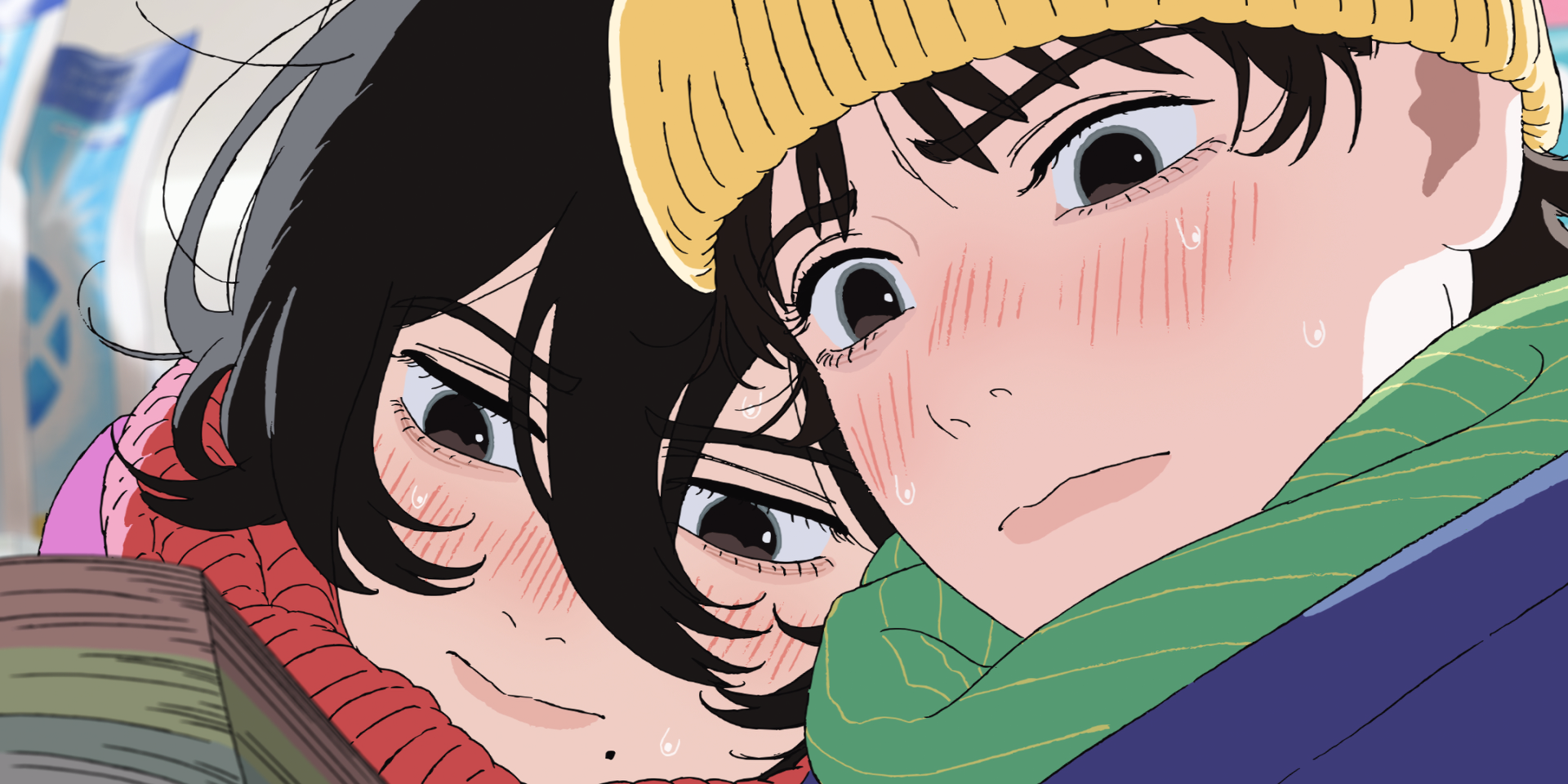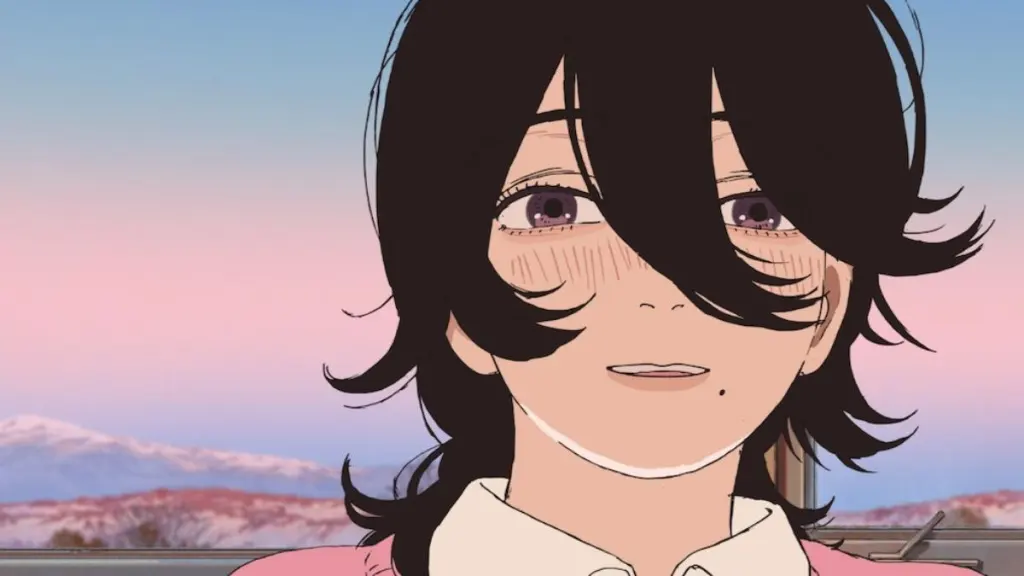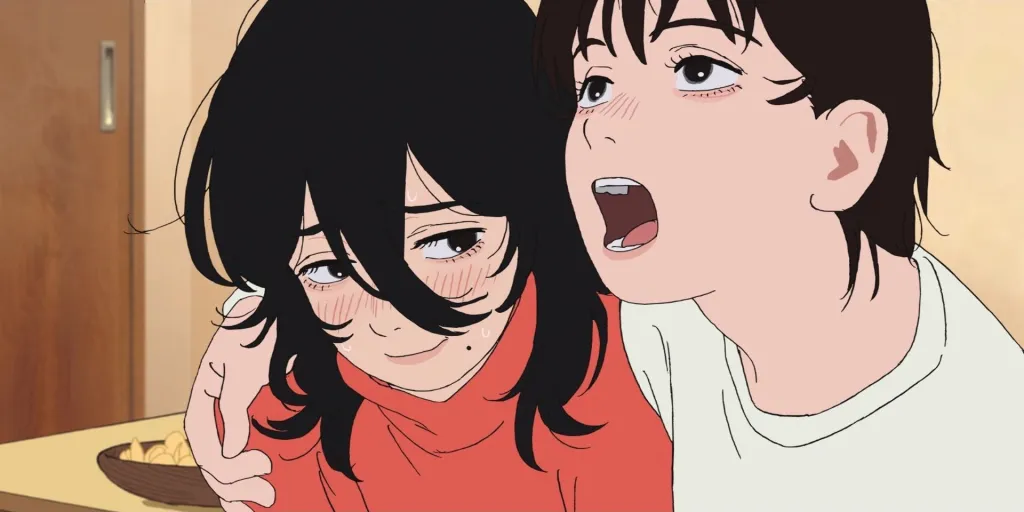The manga world is always buzzing with anticipation whenever a renowned creator announces a new project. Fans of Chainsaw Man were recently treated to an unexpected surprise as Tatsuki Fujimoto, the brilliant mind behind the series, a brand-new one-shot manga titled Look Back. This announcement has sparked immense excitement among manga enthusiasts, as they eagerly await to see what unique and intriguing elements Fujimoto will bring to this new story.
Fujimoto is no stranger to creating fascinating and often emotionally complex characters, blending action with deep psychological layers. His past works, such as Fire Punch and Chainsaw Man, have displayed his ability to craft characters who wrestle with both their inner demons and external forces. With Look Back, the spotlight shifts to a more introspective narrative, but still keeps the familiar, gritty tone that fans love.
This will explore the details of Look Back, its key themes, its significance within Fujimoto’s broader body of work, and what readers can expect from this new one-shot manga. Let’s examine the exciting elements that make Look Back a must-read for fans of Tatsuki Fujimoto’s work.
What is Look Back About?

At its core, Look Back is a short yet emotionally profound one-shot manga that deviates from the usual high-action style Fujimoto is known for. The manga tells the story of two high school students, Furuya and Fujino, who bond over their shared passion for drawing. However, as they grow closer through their art, personal challenges and tragic events push their relationship to a breaking point.
The plot focuses on the intersection of ambition, jealousy, and personal growth, highlighting the complex dynamics between the two protagonists. Their connection through art is both a source of joy and pain, as the pressures of their lives begin to weigh heavily on them. Look Back captures the essence of what it means to chase dreams, how success can sometimes come at a great emotional cost, and how loss shapes a person’s path in life.
Fujimoto has said that Look Back is his exploration of the idea that no one can ever truly understand another person’s experiences. This poignant theme of miscommunication, loss, and the sacrifices people make in their quest for something greater is reflected in the narrative’s twists and turns.
Why Look Back is Different from Fujimoto’s Previous Works
While fans of Chainsaw Man are accustomed to fast-paced action, supernatural battles, and dark humor, Look Back takes a slower, more thoughtful approach. The manga’s focus on introspection and emotional depth contrasts sharply with the high-octane energy that typifies Chainsaw Man. Fujimoto’s ability to seamlessly switch between genres demonstrates his remarkable versatility as a creator.
Instead of the typical supernatural or horror elements seen in his previous works, Look Back embraces a more grounded, human-centered story. The characters’ struggles are realistic and relatable, making it a stark yet refreshing departure from the usual chaos that surrounds Fujimoto’s stories. This shift highlights the creator’s adaptability, as he proves once again that he is capable of crafting impactful narratives regardless of the genre.
Key Themes Explored in Look Back
Ambition and Jealousy

At the heart of Look Back lies a strong commentary on the destructive nature of ambition and jealousy. Furuya and Fujino both aspire to make a name for themselves as artists, but the pressure to succeed begins to erode their bond. The manga explores how pursuing personal goals can sometimes overshadow relationships and lead to unexpected, often tragic consequences. Through this lens, Fujimoto delves into the darker side of human nature.
The Struggle for Identity
As the story progresses, the characters wrestle with questions of identity, self-worth, and the consequences of their choices. Both Furuya and Fujino struggle to understand who they are, their place in the world, and how their experiences shape their art. This universal struggle is one that many readers can relate to, making Look Back a deeply introspective work.
The Impact of Loss
Loss plays a significant role in Look Back, particularly in shaping the character arcs. The tragic events that occur in the story leave a lasting impact on the protagonists, forcing them to confront their pasts and reassess their futures. Fujimoto’s exploration of grief and the emotional toll of loss is poignant and thought-provoking, resonating deeply with readers who have experienced similar struggles.
Artistic Style and Visual Storytelling
Tatsuki Fujimoto is known for his distinct art style, and Look Back is no exception. The manga is beautifully illustrated, with dynamic panel layouts that enhance the emotional weight of the story. The characters’ expressions are detailed and nuanced, allowing readers to connect with them on a deeper level.
In Look Back, Fujimoto’s art conveys the emotional turbulence of the characters with simplicity and elegance. The stark contrast between the characters’ external calmness and the internal chaos they feel is captured effectively through the artwork, adding another layer to the narrative.
A Return to Simplicity

While Chainsaw Man is known for its over-the-top action scenes and complex world-building, Look Back takes a more minimalist approach. The simplicity in both the art and narrative structure allows for a more intimate experience, focusing on character development and emotional resonance rather than spectacle. This shift in approach is a testament to Fujimoto’s skill in telling a compelling story through visuals without relying on external chaos.
Reception and Impact
Since its release, Look Back has garnered praise for its emotional depth and its refreshing departure from Fujimoto’s previous works. Fans have lauded the manga for its mature themes, compelling characters, and beautiful artwork. Many readers have praised the emotional weight of the story, noting that it’s a thought-provoking and introspective experience that lingers long after reading.
Moreover, Look Back has sparked discussions about the nature of art, ambition, and the complex relationships artists share with their work. It has been celebrated for its ability to tackle such universal themes in a concise, yet powerful format.
What to Expect from Future Works by Fujimoto
Given the success of Look Back and its departure from his typical style, fans are eager to see what’s next for Tatsuki Fujimoto. While it’s unclear whether he will continue down this introspective path, Look Back demonstrates his ability to evolve as a creator and explore new thematic territory. Whether he returns to the supernatural world of Chainsaw Man or continues to explore more grounded narratives, there’s no doubt that fans will be eagerly awaiting his next project.





